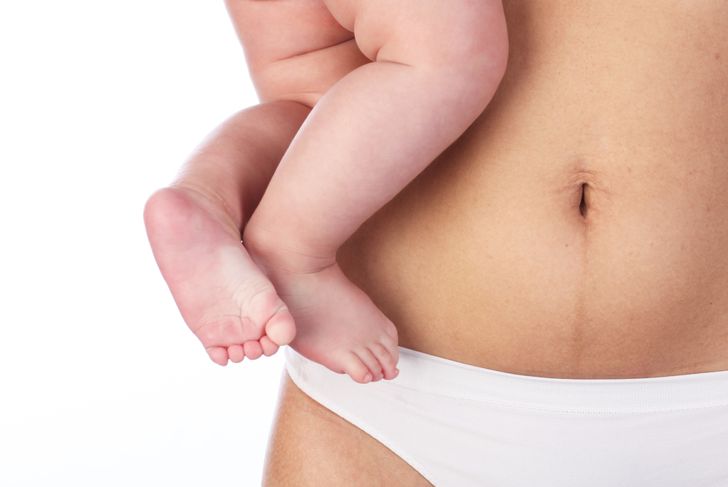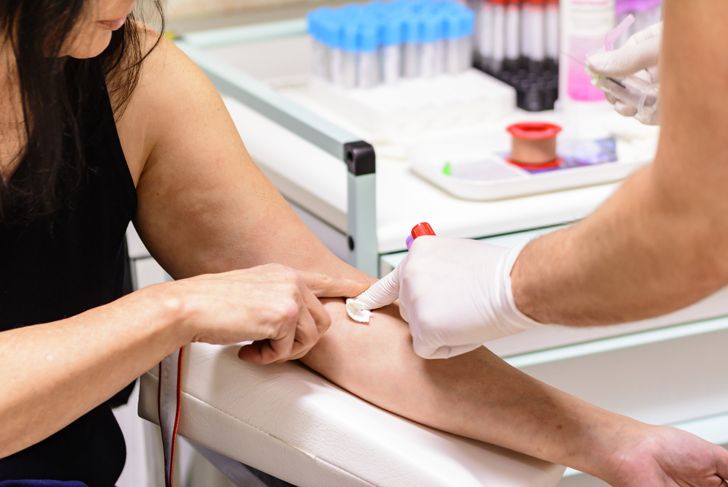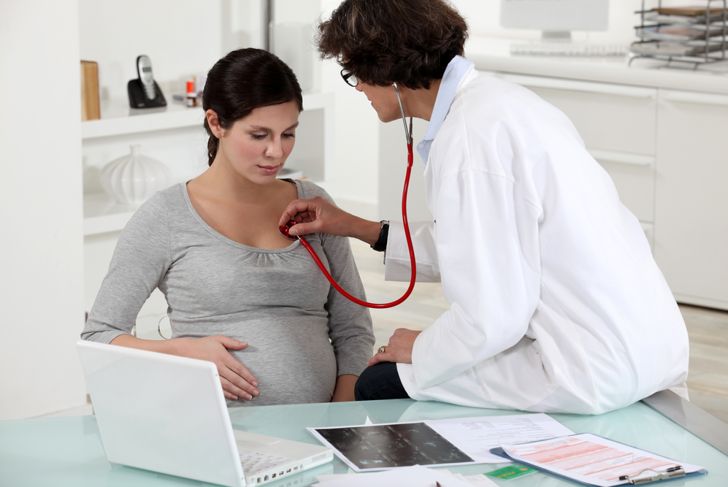Preeclampsia is a condition that can happen to a woman during or after pregnancy. Signs include very high blood pressure, protein in the urine, and sometimes fluid retention. It is a common condition that affects about 1 out of 20 women. It’s easy to monitor and treat this condition when caught early. Without treatment, it can lead to a much more serious condition called eclampsia. If you are pregnant or plan to become pregnant, you need to pay attention to the signs and symptoms for the safety of you and your baby.
What is Postpartum Preeclampsia?
Preeclampsia that occurs while the woman is still pregnant is easily treatable and usually subsides with the birth of the baby. Postpartum preeclampsia is a more rare condition that develops in the days following childbirth, but can also occur up to six weeks later. It can develop even if the mother didn’t have the condition while pregnant.
Symptoms
The symptoms of postpartum preeclampsia are not always apparent. Women who have recently given birth are typically more focused on the new baby and their comfort. Other symptoms could be confused with those of part of recovery from childbirth. When symptoms do occur, they can include headaches, high blood pressure readings of 140/90 or higher, changes in vision, and a decrease in the need or ability to urinate.
Diagnosis
Some patients diagnosed with postpartum preeclampsia are admitted back into the hospital for monitoring and treatment. The problem is typically discovered at postnatal visits. A determination is made with blood tests or urine tests. Another common marker of this condition is protein in the urine. A urine dip can confirm the presence of the protein. Bloodwork will show whether the kidneys are functioning normally and platelet levels.
Importance of OB Visits
When you are having a baby going to the doctor becomes routine, especially towards the end. It’s common for women to be exhausted and just plain sick of going to appointments, especially once the baby is born. Sticking to postnatal visits with your OB-GYN is essential. Vitals including blood pressure is checked at these visits and can alert to a potential problem that needs monitoring.
Risk Factors
There are several risk factors involved in who may develop preeclampsia and postpartum preeclampsia. Gestational hypertension, also known as high blood pressure during pregnancy, can develop after 20 weeks. This increases a patients risk of postpartum preeclampsia. Other risk factors include obesity, chronic high blood pressure before pregnancy, giving birth to multiples such as twins, and history of diabetes.
Treatments
The primary step in controlling postpartum preeclampsia and preventing eclampsia is to get the blood pressure under control. Medications to aid in lowering the blood pressure should be given as soon as a diagnosis is made. Bed rest and a low-stress environment to keep pressure from rising too much are recommended. Medications to prevent seizures from happening can also be a part of the treatment.
Prevention
Some steps can be taken to reduce the risks of developing postpartum preeclampsia, but anyone can develop the condition. Women can change bad habits that contribute to obesity and high blood pressure before even becoming pregnant to lower the risk. Before during, and after pregnancy, stick to a healthy diet, and exercise daily if you are able. Avoid smoking both for your sake and your child’s. Among other health risks, it is a huge factor in increasing blood pressure.
Eclampsia
Eclampsia is a common complication of preeclampsia. It occurs when the uncontrolled high blood pressure of a pregnant woman causes seizures. The symptoms can include upper abdominal pain, agitation, loss of consciousness, muscle pains or a headache, and seizures. If this condition goes without treatment, the seizures can be severe enough to lead to a coma, permanent brain damage, and even death.
Other Possible Complications
Having uncontrolled high blood pressure for prolonged periods of time can have severe effects on the body. Some other complications that can arise with untreated preeclampsia are pulmonary edema, blood clots, and blood vessel blockages, or a stroke. These are all serious and life-threatening conditions that require immediate medical attention. A condition called HELLP syndrome can also develop. Hemolysis for short destroys red blood cells.
Early Intervention
Other than a healthy diet and exercise, other things can be done to intervene in blood pressure. Medicine is often used in patients with heart conditions to help control blood pressure levels. If you think you may benefit you need to discuss this with your physician, never start a medical regimen on your own.

 Home
Home Health
Health Diet & Nutrition
Diet & Nutrition Living Well
Living Well More
More




















